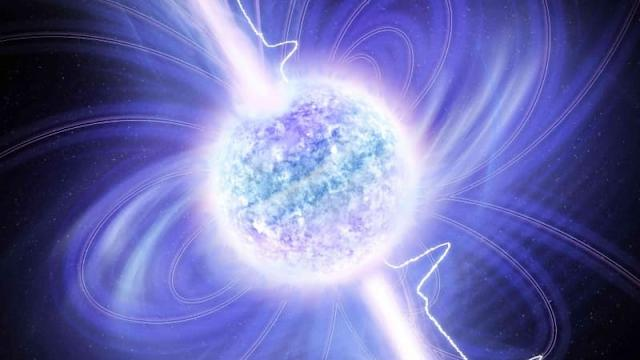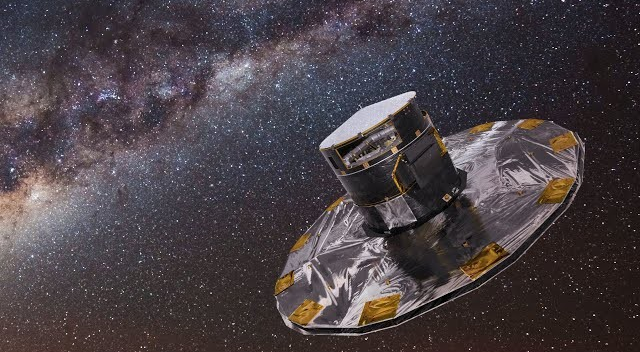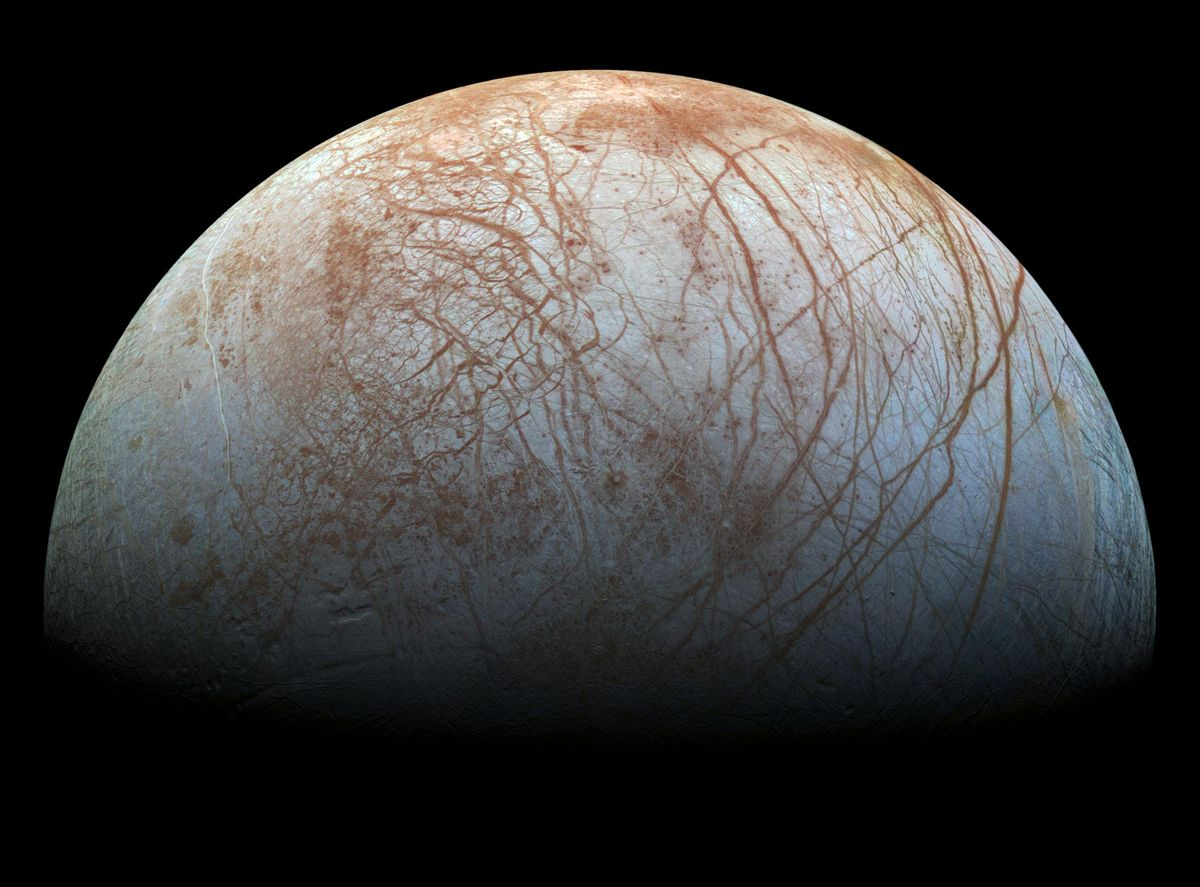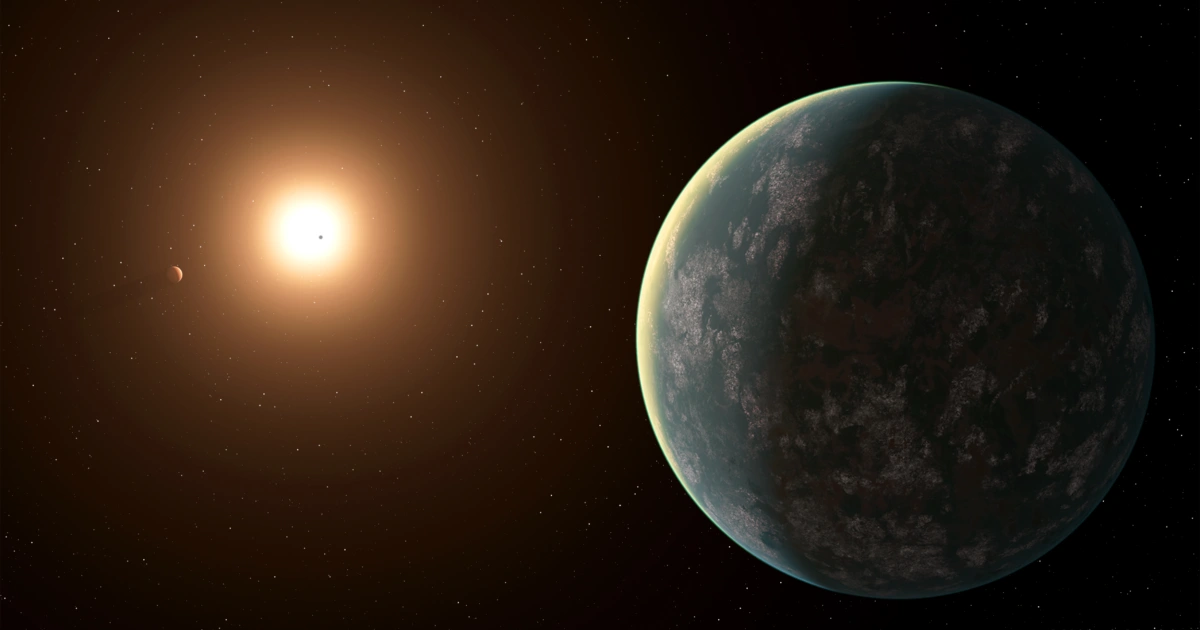In a groundbreaking discovery, astronomers using the James Webb Space Telescope (JWST) have identified compelling signs of potential life on exoplanet K2-18b, located 124 light-years away in the constellation Leo. This “hycean” world, characterized by its ocean-covered surface and hydrogen-rich atmosphere, has revealed the presence of dimethyl sulfide (DMS) and dimethyl disulfide (DMDS)—compounds on Earth primarily produced by marine microorganisms. The detection of these molecules suggests that K2-18b could harbor algae-like life forms, marking a significant milestone in the search for extraterrestrial life.
The JWST’s observations indicate concentrations of DMS and DMDS at levels thousands of times higher than those found on Earth, with a statistical confidence of 99.7%. While these findings are promising, scientists emphasize the need for caution. Alternative, non-biological processes could potentially explain the presence of these compounds, and further observations are required to rule out such possibilities. Achieving the gold-standard 5-sigma confidence level would necessitate additional hours of telescope time. Nonetheless, the current data positions K2-18b as one of the most promising candidates for life beyond our solar system.
The implications of this discovery are profound. K2-18b’s potential habitability challenges previous assumptions about where life might exist in the universe. Its unique characteristics—such as a hydrogen-rich atmosphere and global oceans—expand the criteria for habitable environments. As research continues, K2-18b may not only reshape our understanding of life’s potential elsewhere but also guide future explorations in the quest to answer the age-old question: Are we alone in the universe?




